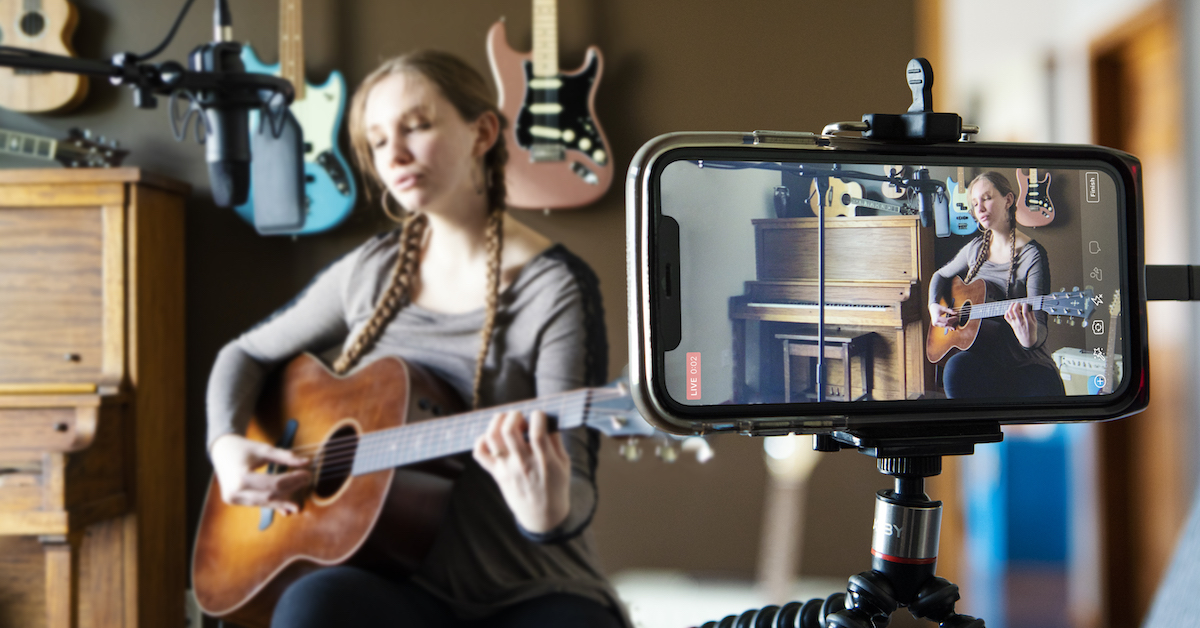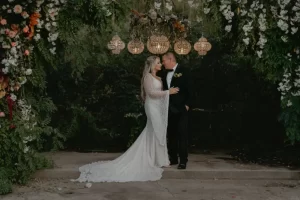
While we use ‘classical’ music today to describe most instrumental pieces composed in previous centuries, there was actually a period of time known as the Classical Period. The Baroque period of 1600-1760 held such composers as Johann Sebastian Bach and Vivaldi and was known for functional tonality and solo instruments or vocals. The Classical Period then ran from 1760 to 1820 when music made the transition into the Romantic Period. The Romantic Period lasted from 1815 to 1900 and featured Liszt, Mendelssohn, Chopin, and Verdi. Romanticism, in this context, was used to describe the fact that compositions during the time period were becoming more expressive and passionate.
A Classic Concert was where the concept of full symphonies came into their full stride. Overtures were added more often – such as in Beethoven’s symphonies – and they were also important in the Italian’s sonatas. It was the instrumental music which was becoming more and more popular with audiences during the period. However, while the Baroque Period used dissonance in the compositions Classical composers tend to use modulations extensively to create arches of tension and release. The Classical Period is divided into several sections as follows:

1730-1760 – Sonatas became more prominent and the music became clearer and lighter. There were more striking melodies and dramatic effects within the pieces. Also, there began a movement of accessibility which brought classical music and operas to the masses with the classic concert.
1760-1775 – Beethoven introduced his symphonies. The Classical Period is often referred to as the Viennese Period as well because Vienna often acted as a hub for creativity and artistry. Haydn, Beethoven and Mozart all worked in Vienna at some point during their careers and Schubert was actually born in Vienna.
1775-1790 – Haydn’s innovative developmental period. Mozart began applying Haydn’s ideas into both operas and virtuoso concertos. While Haydn focused on composing for the court, Mozart focused on writing for the masses. He completed his Requiem on his deathbed in 1791.
1790-1820 – Hummel (who studied under Haydn) brought more symphonies to the fore. Movements move from being single pieces of 10-12 minutes to longer pieces within symphonies.
During the Baroque Period, the strings were often the most important part of the composition. In the middle of the 18th century, however, the use of wind and eventually brass instruments became more prominent. It was mid-18th century where the actual orchestra really took form and the lead violin tended to take on the position of directing the group.
In contrast to the polyphony and huge, elaborate pieces of the Baroque Period, Classical Composers sought to bring simplicity and balance through composition. The other favorite structure was the sting quartet which was made up of a viola, a cello and two violins.








